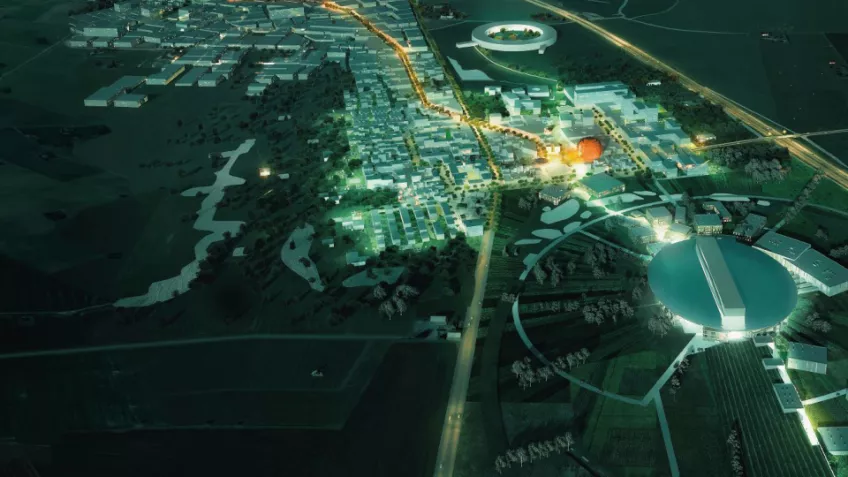Myfab Lund or Lund Nano Lab (LNL) is a cleanroom facility with a world-class expertise in epitaxial growth and processing of semiconductor nanowires. The laboratory is one of the essential resources for NanoLund researchers, but it is open for other academic and industrial users. The Myfab Lund staff supports its customers with the cleanroom and safety training, equipment support and technology development. The laboratory is actively used in several courses for undergraduate and graduate students thus linking education with fundamental/applied research and industry.
We welcome all users to access the equipment for fundamental research and development in the fields of materials science, nanotechnology, microelectronics, life science and quantum technology. Myfab Lund is staffed with metrology, equipment and process experts who are available to train and guide you. We also educate students enrolled at Lund University and participate in outreach activities for the local community and society. Myfab Lund has been a member of Myfab, the Swedish Research Infrastructure for Micro and Nano Fabrication since 2016.

